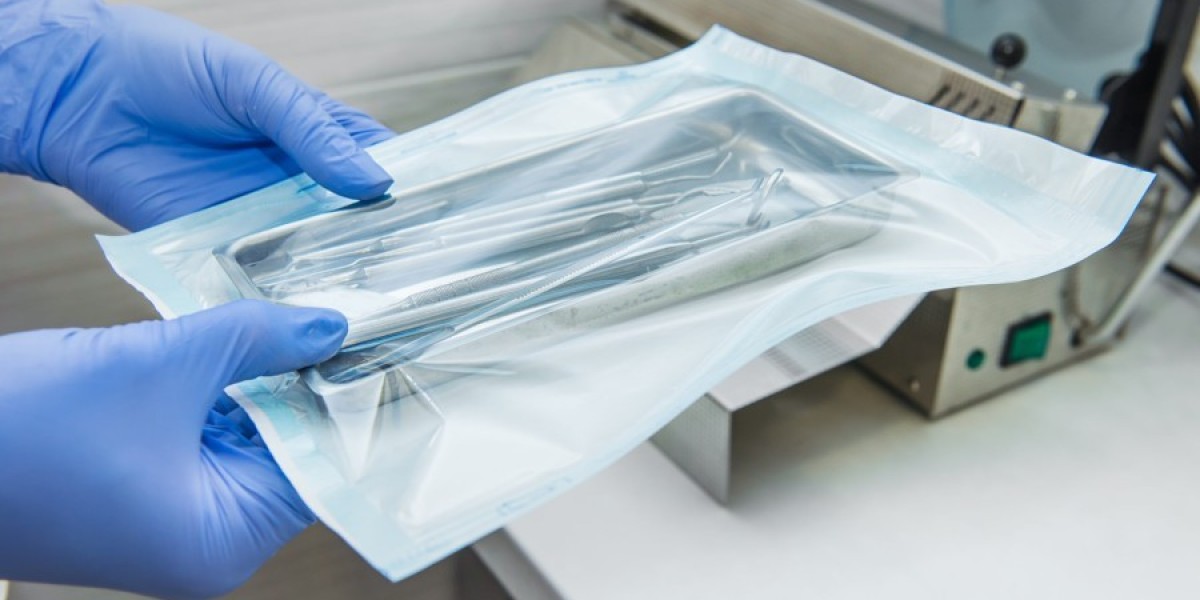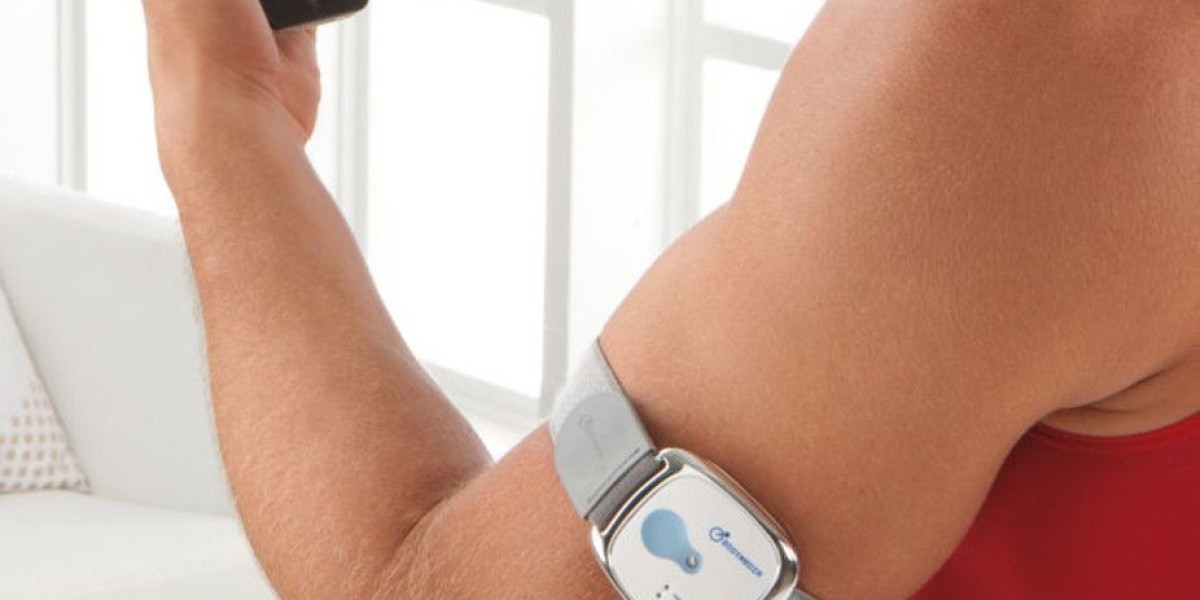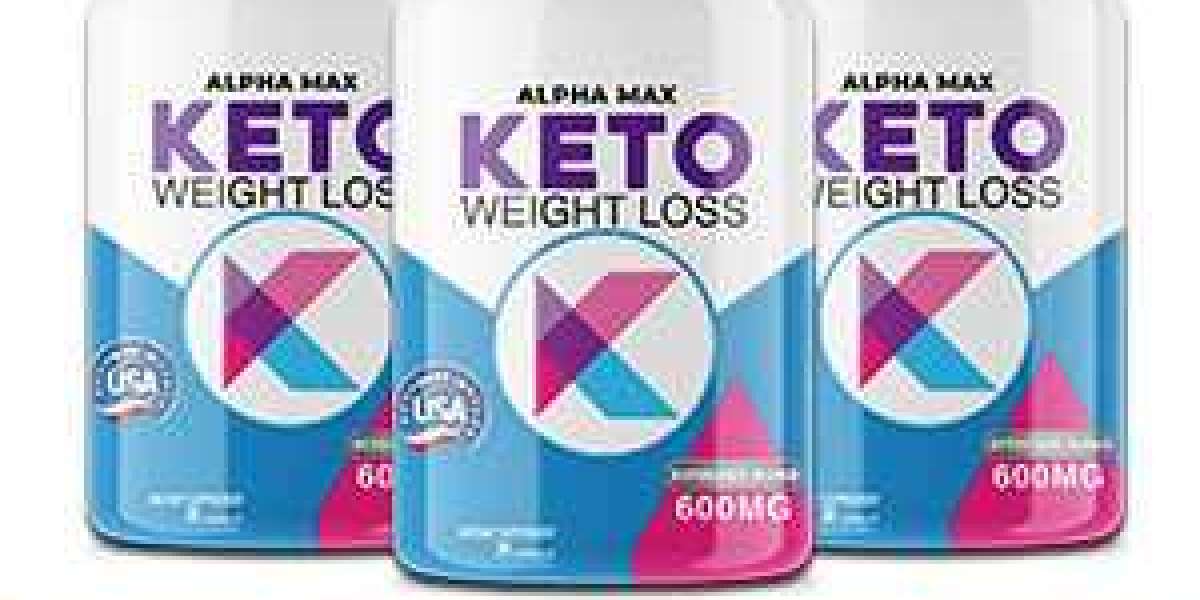Medical packaging plays a crucial role in ensuring patient safety by preventing microbial contamination of devices and instruments used in healthcare facilities. Manufacturers of sterile medical products must comply with stringent packaging guidelines and standards set by regulatory bodies like the U.S. Food and Drug Administration (FDA) and the Association for the Advancement of Medical Instrumentation (AAMI). These standards provide requirements for barrier properties, package integrity, sterilization validation, and labeling to determine if a product has been processed and packaged using sterility assurance levels (SAL) of 10-6 or one sterile unit out of one million. Compliance with global medical device regulations like FDA 21 CFR Part 820 for quality systems and ISO 11607 for packaging materials is essential for manufacturers seeking international markets.
Barrier Properties Against Microbes
The primary purpose of Sterile Medical Packaging is to prevent microorganisms from entering the package and contaminating its contents. Common packaging materials used include non-woven fabrics, paper/paperboard, plastics, and foil which act as effective barriers to airborne microbes and contaminants. Key properties evaluated are moisture vapor transmission rate (MVTR), oxygen transmission rate (OTR), and particulate filtration efficiency to ensure the package maintains sterility over the designated shelf life. Recent innovations focus on incorporating antimicrobial additives to packaging films and substrates that provide an additional defense against any microbes that may breach the barrier. Advanced packaging technologies like lidding and forming films have enhanced barrier and seal strengths suitable for demanding hospital environments.
Validated Sterilization and Quality Assurance
Sterilization validation is a critical part of the packaging operation. Methodologies like steam sterilization or gamma irradiation must undergo sterilization challenge tests using biological indicators to prove a SAL of 10-6 is consistently achieved. Robust quality assurance involving process monitoring, statistical process control charts, trend analyses and regular audits help maintain standards. Automated packaging lines integrated with sensors track parameters like temperature, pressure and seal integrity during packaging sterile products. These quality checkpoints help reduce human errors and assure process consistency. Supply chain traceability using unique device identification and lot numbers facilitate efficient product recalls in case of quality issues. Overall, a well-designed quality management system is imperative for medical packaging to meet regulatory compliance.
Shelf Life Extension Techniques
Given expensive logistics and inventory carrying costs in healthcare, maximizing shelf life of sterile medical products is economically advantageous. Effective sterile medical packaging shelf life extension starts from material selection itself. Advanced barrier materials prevent moisture, oxygen, and microbial ingress that usually lead to product degradation with time. Active packaging incorporating sorbents, catalyzers and antimicrobials can trap contaminants and extend usability up to three years. Intelligent monitoring technologies like time-temperature indicators continue advancing to provide real-time data on remaining shelf life. Newer radio frequency identification (RFID) and nanotechnology based sensors instantly track environmental parameters faced by packaged products during transportation and storage. Overall, innovative shelf life extension approaches help reduce medical waste while ensuring uninterrupted product availability.
Sustainable and Circular Packaging Solutions
Concerns around packaging sustainability and waste reduction are growing priorities for medical product manufacturers. New packaging designs optimize material usage through lightweighting and downgauging. Compostable bio-plastics provide eco-friendly alternatives to conventional plastics. Recyclable materials like paper maximize post-consumer recycling. Advances in sterilizable reusable packaging reduce single-use plastics. Novel sterilization techniques like electron beamlet and dry hydrogen peroxide gas plasma enable reprocessing of packaging for multiple uses. Refurbishing and redistribution channels facilitate secondary markets for used medical packaging components. Overall, embracing circular economy principles beneficially aligns sterile packaging with environmental stewardship. Collaborative industry efforts across supply chains will facilitate true sustainable packaging solutions.
Sterile medical packaging safeguards public health through reliable protection against microbial contamination. Adherence to global standards and a robust quality assurance infrastructure instill confidence in packaged sterility and extended usability. Innovations in materials science enhance barrier properties and shelf lives while minimizing waste. Embracing sustainability ensures medical packaging progress aligns with environmental responsibility. Overall, the sterile packaging sector plays a vital role through continuous advancements supporting patient care worldwide.
Get more insights on Sterile Medical Packaging



